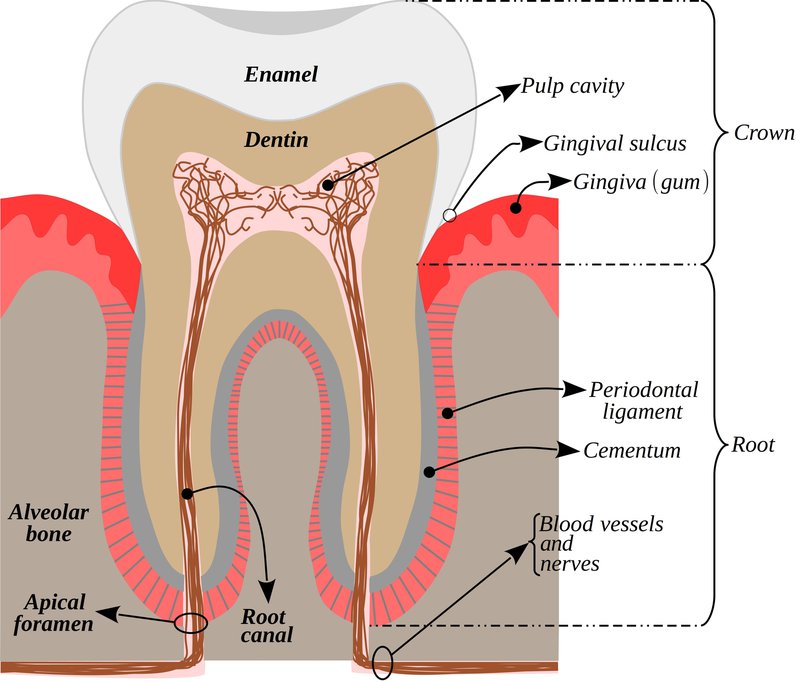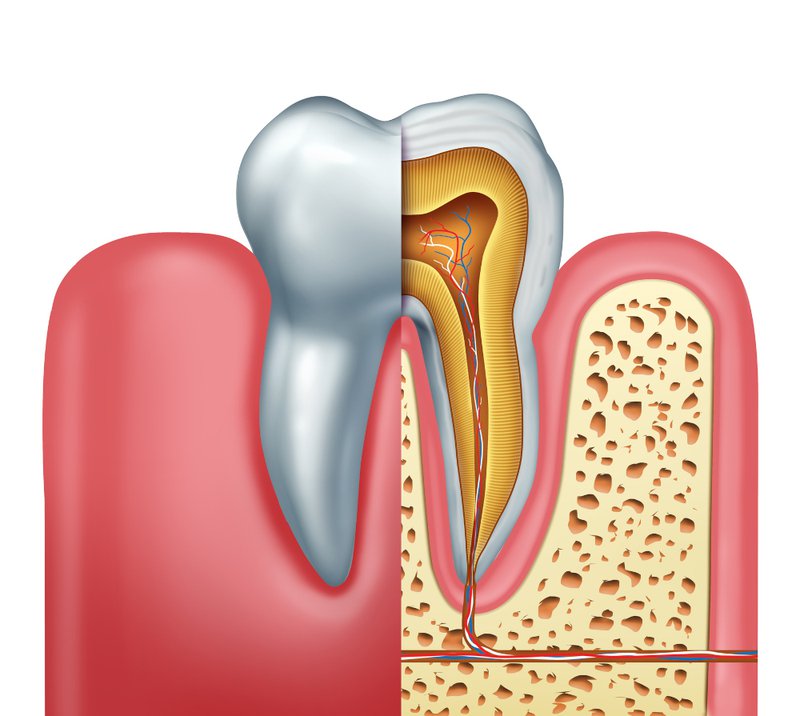
Understanding Root Canal Treatment: What to Expect
What is a Root Canal?
What exactly is a root canal? A root canal, or root canal treatment, is a dental procedure designed to rescue a tooth that is now decayed. When infection reaches inside your tooth - the pulp - a root canal treatment becomes necessary.
Think of your tooth as a tiny apartment. There is an outer layer - the brick wall, the middle layer - the insulation, and the innermost part - the pulp - is where the important stuff lives (the nerves, blood vessels, and other tissues). When infection attacks this inner layer, your dentist would recommend a root canal treatment.
What is a Root Canal?
What exactly is a root canal? A root canal, or root canal treatment, is a dental procedure designed to rescue a tooth that is now decayed. When infection reaches inside your tooth - the pulp - a root canal treatment becomes necessary.
Think of your tooth as a tiny apartment. There is an outer layer - the brick wall, the middle layer - the insulation, and the innermost part - the pulp - is where the important stuff lives (the nerves, blood vessels, and other tissues). When infection attacks this inner layer, your dentist would recommend a root canal treatment.

Symptoms Indicating the need for a Root Canal
Your teeth send you signs when something's wrong. If you're experiencing any of these root canal symptoms, it is time to consult your dentist:
- Severe tooth pain, especially when chewing or applying pressure
- Prolonged sensitivity to hot or cold temperatures
- Discoloration of the tooth
- Swelling and tenderness in nearby gums
- A persistent or recurring pimple on the gums
These are all red flags and symptoms of needing a root canal, ignoring which is like ignoring your car's check engine light - it's only going to lead to bigger problems down the road.
The Root Canal Procedure: Step-by-Step
Here’s what you can expect in a root canal or tooth canal procedure.
- Pre-Treatment Prep: Your dentist will use digital imaging to get a good look at what's going on inside the tooth. Antibiotics may be prescribed to treat the infection.
- Anesthesia: If you think root canal tooth hurts, don't worry - sedation will be used to numb the area before the procedure. You will not feel any pain during the procedure.
- Isolation: Your tooth gets a tiny cover (a rubber dam) to keep it dry during the procedure.
- Access: Your dentist will create a small opening in the tooth crown to reach the inner or pulp chamber.
- Cleaning: The infected or damaged pulp is removed, and the inside of the tooth is cleaned and shaped.
- Filling: The cleaned-out space is filled with a biocompatible material.
- Sealing: The opening is sealed with a temporary filling.
- Crown: In most cases, a permanent crown will be installed to protect the tooth in a separate visit.
If you're wondering, "How long does a root canal take?", it depends on the complexity of the case. But most tooth canal procedures take between 30 to 90 minutes. How long does a root canal procedure take in total? Usually, you'll need two appointments.
After the Procedure: Recovery and Care
After the root canal procedure, you might experience mild discomfort and sensitivity for a few days. This is normal and your dentist can recommend over-the-counter pain relievers. If needed, your dentist might prescribe something stronger.
The root canal side effects are minimal. Any swelling or sensitivity will subside quickly. You may be asked to avoid chewing on that side until you get your permanent crown.

Why Choose Barrie Smile Centre for your Invisalign Treatment
The team at Barrie Smile Centre understands that the choice between Invisalign or braces can be tough. Our experienced dentists are dedicated to helping you make an informed decision that is right for you. We offer:
- Consultation to determine whether Invisalign is right for you
- Advanced technology for treatment planning
- Personalized care throughout your treatment
- Flexible payment options
Making the Decision: Should I get braces or Invisalign?
Here are the most important factors to consider when you are comparing braces vs Invisalign pros and cons.
- The aesthetic you prefer
- Lifestyle and dietary habits
- Your oral hygiene routine
- The duration of treatment
- Your budget and insurance coverage
Both traditional braces and Invisalign have their pros and cons. For example, in case of some complex orthodontic issues, traditional braces may be a better option. Invisalign definitely presents a compelling alternative to traditional metal braces but the final decision should be based on your needs and goals, in consultation with an experienced orthodontist.
At Barrie Smile Centre, we are committed to helping you achieve your dream smile with the best-suited treatment option.
Ready for a smile makeover? Call Barrie Smile Centre at 705-300-7981 and take the first step towards a confident smile by scheduling your Invisalign consultation.

